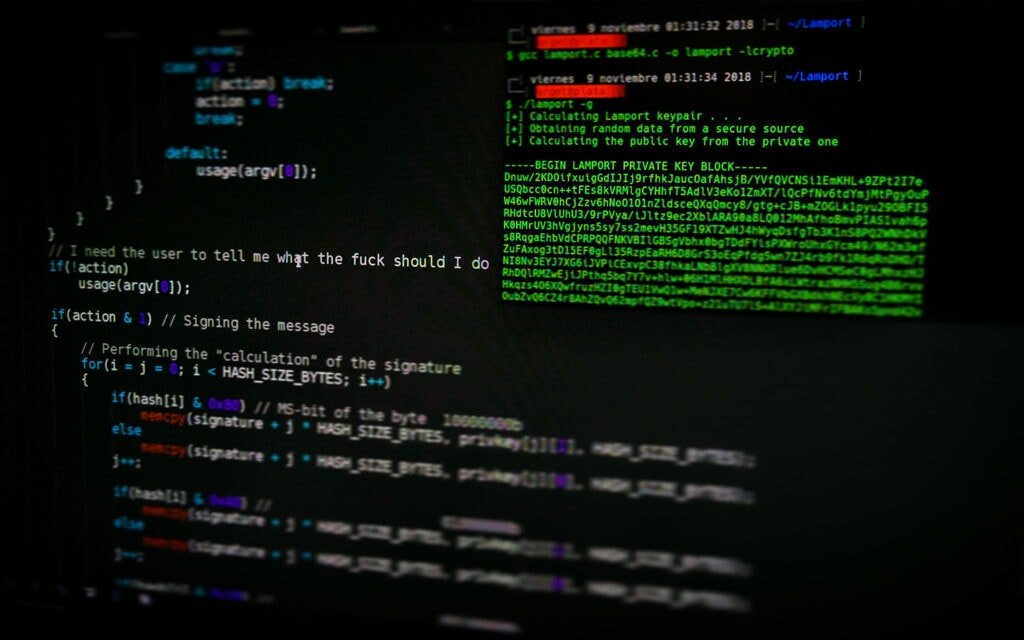Web security is an essential aspect of modern web development
February 19, 2023 - by admin
As the number of online users continues to grow, the importance of ensuring web security cannot be overstated. In this blog, we’ll discuss the top 10 web security issues that you need to be aware of.

1. SQL Injection:
This is one of the most common web security issues. SQL injection is when a hacker injects malicious code into a website’s database, which can result in sensitive information being compromised.
Solution:
Use parameterized queries and regularly sanitize user inputs to prevent SQL injection attacks.
2. Cross-Site Scripting (XSS):
XSS is when a hacker injects malicious code into a website, which can then be executed by unsuspecting users. This type of attack can result in the theft of sensitive information, such as usernames and passwords.
Solution:
Use a Content Security Policy (CSP) to restrict the types of scripts that can be executed on a website. Additionally, sanitize user inputs and encode special characters to prevent XSS attacks.
3. Cross-Site Request Forgery (CSRF):
CSRF is a type of attack that tricks a user into performing actions that they did not intend. For example, a hacker could create a link that, when clicked, will delete all the data from a user’s account.
Solution:
Use unique tokens for each user session to verify that requests are genuine. Additionally, verify that the origin of a request matches the expected origin before processing it.
4. Unsecured Passwords:
Using weak passwords is one of the most common security mistakes. Passwords should be long and complex, using a mix of letters, numbers, and symbols.
Solutions:
Use password hashing and salting techniques to securely store passwords. Additionally, enforce strong password policies, such as requiring a mix of letters, numbers, and symbols.
5. Malware:
Malware is any software that is designed to cause harm to a computer or network. This type of attack can result in sensitive information being stolen or the performance of a website being impacted.
Solutions:
Keep software and systems up-to-date, use anti-virus software, and educate users on safe internet practices to prevent malware attacks.
6. Man-in-the-Middle (MitM) Attacks:
MitM attacks occur when a hacker intercepts and alters the communication between two parties. This type of attack can result in sensitive information being compromised.
Solutions:
Use SSL certificates to encrypt communication between the user and the website. Additionally, educate users on the importance of verifying SSL certificates before entering sensitive information.
7. Distributed Denial of Service (DDoS) Attacks:
A DDoS attack is when a hacker floods a website with traffic, causing it to become unavailable to users.
Solutions:
Implement rate-limiting techniques to limit the number of requests a user can make, and use cloud-based solutions to distribute traffic and reduce the impact of a DDoS attack.
8. Session Hijacking:
Session hijacking is when a hacker gains access to a user’s session and can then perform actions as if they were the user.
Solutions:
Use secure session management techniques, such as regenerating session IDs after each request, to prevent session hijacking.
9. File Injection:
File injection is when a hacker injects malicious code into a file on a website. This type of attack can result in sensitive information being compromised.
Solutions:
Use file permissions to restrict the types of files that can be executed on a website. Additionally, regularly scan the website for malicious files and remove any that are found.
10. Unpatched Software:
Outdated software is a major security vulnerability. Software should be regularly updated to ensure that any security vulnerabilities are addressed.
Solutions:
Regularly update software to ensure that any security vulnerabilities are addressed. Additionally, keep track of any software that is no longer being updated, and consider alternative solutions if necessary.
It’s important to note that there is no single solution to web security. Instead, a combination of the above solutions, along with regular security audits and monitoring, is necessary to ensure the security of a website.





